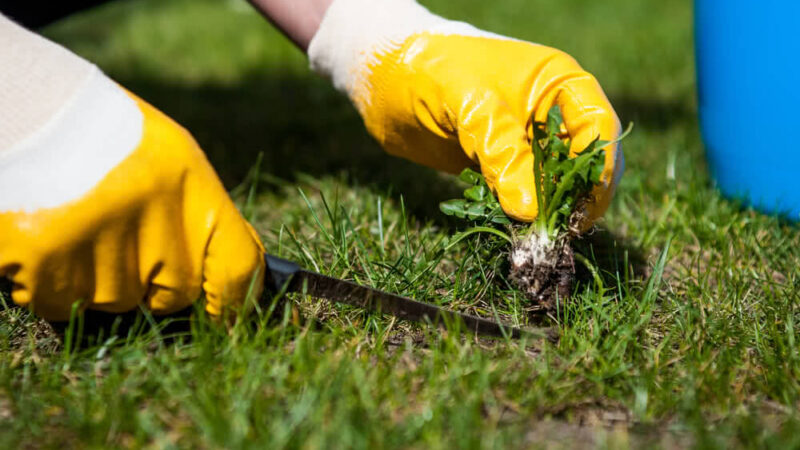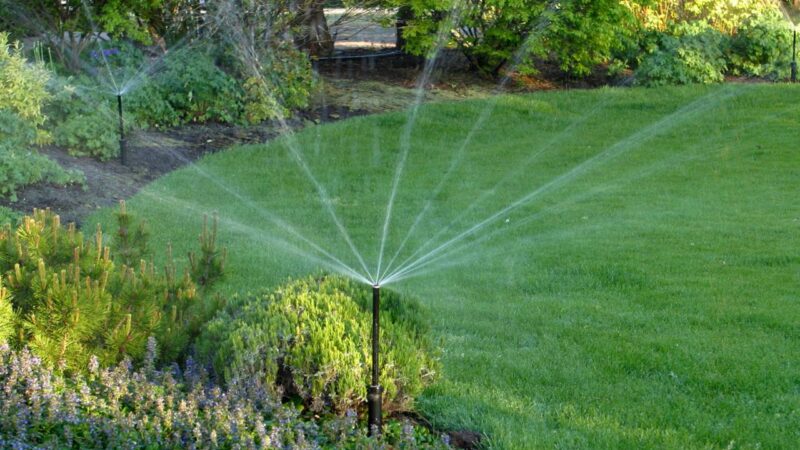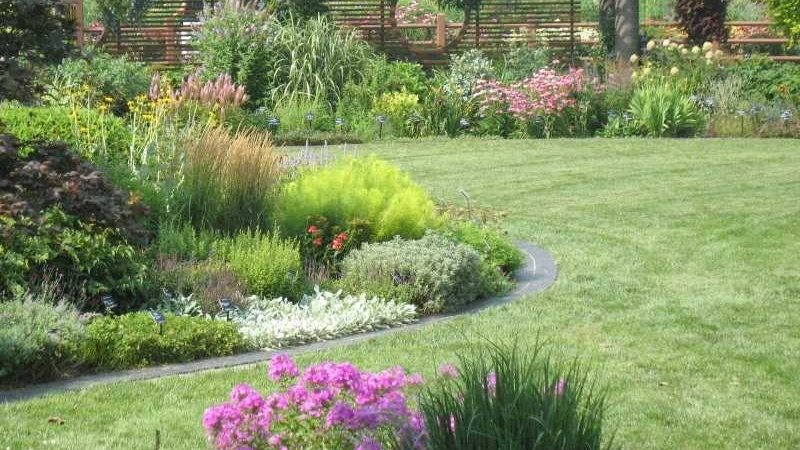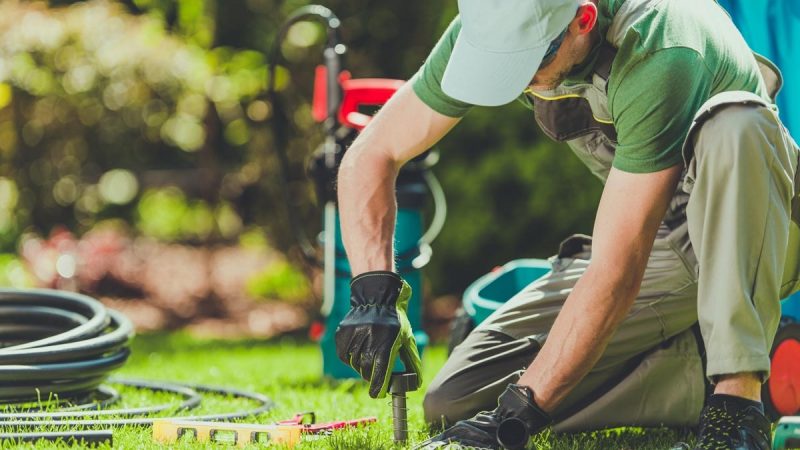Have you ever heard the saying: “Good fences make good neighbors?” I’m not sure that Robert Frost had wildlife in mind when he wrote that line, but where my yard is concerned, I’ve definitely taken it to heart.
Don’t get me wrong: I love where I live. It’s fantastic to own property that abuts a wild area with some little-used trails and a lake that’s filled with trout.
However, there’s more wildlife than fish in those woods, and most of them seem determined to get an easy meal from my yard.
Rather than be driven insane by waking up on yet another morning to discover that my cabbages and tomatoes had been raided in the night, I decided to be proactive.
After a lot of experimentation, much of which ended in failure, I came up with five methods that are capable of protecting pretty much any garden.
If you’re having trouble with wildlife damaging your garden, give at least one of these methods a try.
- Try Raised Planting Beds
If you’ve got smaller critters, like rabbits, eating all of the blooms from your flower and vegetable gardens, then it’s time to find a solution. Raised planting beds may be just what you need.
I built my own raised beds, but you can easily find kits that you can put together with a minimum of fuss.
Choose a raised bed that’s about two feet high. Once you’re done with the planting, put a fence around the top of the bed. Most wildlife won’t be able to breach both of those barriers, leaving your plantings to thrive and grow.
Raised beds have other advantages such as keeping out slugs and snails and being easier on your back since you don’t have to get down so close to the ground to work. I wouldn’t trade my raised beds for anything.
- Install Fencing
Whether you choose to fence a particular portion of your garden or your whole yard is up to you. I’ve discovered that a fence is the single most powerful wildlife deterrent.
Your fence supplies may be metal or plastic. Either way, they need to be sturdy and tall enough to keep out species like deer, which can be shockingly good jumpers.
I remember being surprised by how affordable it was to install deer fencing around my yard. It was even possible for me to handle the installation myself, which I totally appreciated.
If you don’t want to fence your yard yourself, you can probably find a local handyman to do it for you on a budget. All I know is that the plastic deer fence that I have has stood the test of time and kept the deer outside where they belong.
Good fences really do make good neighbors.
- Try Pungent Plants
I used to have difficulty with squirrels and other small rodents eating my bulbs as soon as I planted them. Then, I got wise to certain pungent plants that wildlife tend to avoid.
Think of herbs like garlic and chives. The smell that they give off is not attractive to rodents, deer or other animals. Just placing a few of these pungent plants in with your other plantings may be enough to make wildlife look elsewhere for a meal.
- Let the Dog Out
If you have a dog, put him to work. Dogs love to patrol their territory anyway, so let him out to regularly sniff the yard and look for intruders.
The dog’s mere presence may be enough to keep some wildlife away from your yard. A sharp bark will deter others.
I’ve even heard of some gardeners having success by placing dog hair in various parts of the yard. It seems that just the smell of a dog will send some critters running in the opposite direction.
- Use Repellents
A bit of pedator urine, a few garlic chips or some drops of castor oil all may serve as natural repellents to wildlife. These do have to be renewed often in order to maintain effectiveness. However, many people love that these are natural, humane methods of keeping animals away.
Use any one or a combination of these methods to protect your own garden. All of them have worked in mine, with the raised beds and the deer fence being my particular favorites.








